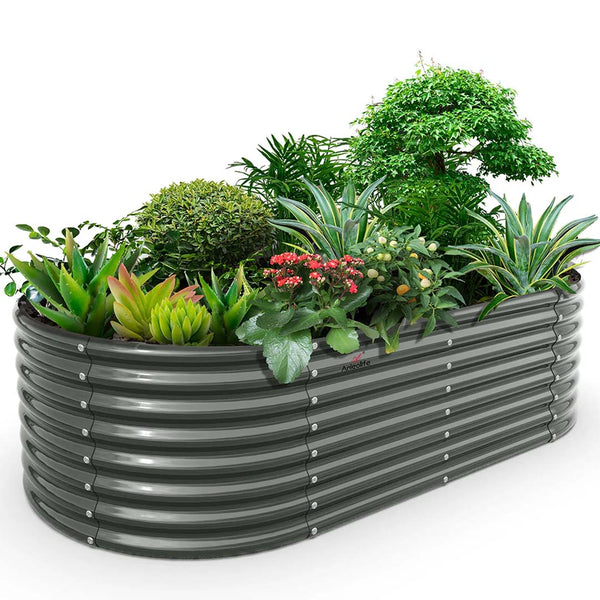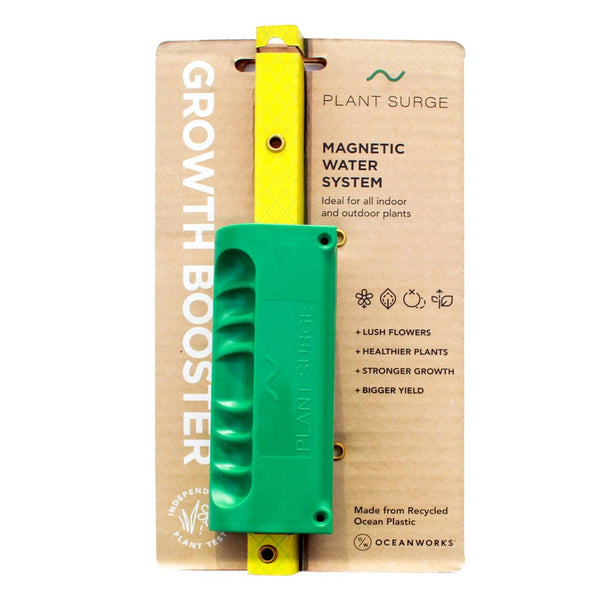The DIY Electroculture Gardening Method That's Making Home Growers Self-Sufficient

Understanding Electroculture Gardening
Electroculture gardening is a nifty way to give your plants a little electric boost, helping them grow bigger and healthier. This method has been around for ages, mixing natural energy with farming tricks.
History and Origins
The idea of zapping plants with electricity isn't new. Way back in the 1700s, folks started poking around to see what electricity could do for plants. Fast forward to 1868, and Finnish geophysicist Karl Lemström noticed plants growing like crazy near the aurora borealis. His experiments in Germany showed electrified strawberries, beans, and barley were bigger and ripened quicker.
Jump to the 1920s, and French inventor Justin Christofleau wrote "Electroculture," a book about using atmospheric electricity in gardening. He came up with a gadget with vibrating wires to catch atmospheric electricity and boost crop growth. This laid the groundwork for today's electroculture methods.
But then, chemical fertilizers took over during World War II, and electroculture research took a backseat. Now, with folks wanting more natural gardening methods, electroculture is making a comeback.
Principles of Electroculture
Electroculture is all about giving plants a jolt to help them grow. Fans of this method say electricity boosts plant hormones that make cells stretch and grow. This means faster growth, bigger harvests, and more blooms. Plus, electricity helps nutrients and water move around inside the plant, making it healthier overall.
Electroculture isn't just about growth. Healthier plants can fight off pests and diseases better. Some folks even think it might make soil richer over time, which is great for anyone wanting to ditch synthetic fertilizers.
| Principle | Description |
|---|---|
| Electrical Stimulation | Boosts plant hormone production for growth. |
| Nutrient Movement | Helps nutrients and water move around inside plants. |
| Pest Resistance | Healthier plants can fend off pests and diseases. |
| Soil Fertility | Might make soil richer over time. |
By digging into the history and principles of electroculture gardening, we can see how it might shake up our gardening game. Whether we're health-conscious homesteaders or eco-friendly city gardeners, this method offers a fresh way to hit our gardening goals. For more tips on how to get started, check out our article on electroculture gardening.
Benefits of Electroculture Gardening
Electroculture gardening is like giving your plants a little electric pep talk. By using electricity, we can help our plants grow bigger, stronger, and healthier, which means more food for us. Let's check out why this method is worth a try.
More Bounty from Your Garden
One of the coolest things about electroculture is how it can make your garden more productive. Studies show that using electricity can increase the yield of crops like oats and barley by up to 22%. Imagine hanging thin wires charged with 40,000 to 80,000 volts above your plants and watching them thrive.
And it’s not just about the wires. Giving seeds a little zap can speed up germination. For instance, cabbage yields have jumped by a whopping 75% in some experiments. Pea plants also get a boost, growing about 18% faster when exposed to electricity from wind and rain.
| Crop Type | Yield Increase (%) |
|---|---|
| Oats | 22 |
| Barley | 22 |
| Cabbage | 75 |
| Peas | 18 |
Healthier, Happier Plants
Electroculture doesn’t just make plants grow more; it makes them grow better. When plants get a jolt of electricity, they produce more hormones that help them grow. This means faster growth, bigger harvests, and more flowers. Plus, healthier plants can soak up nutrients and water more efficiently, making them tougher against bugs and diseases.
And there’s more! Electroculture can improve soil health over time. As plants grow and produce more, they enrich the soil with nutrients, creating a win-win situation for both plants and soil (Future Garden).
| Benefit | Description |
|---|---|
| Faster Growth | Plants grow quicker thanks to more hormones. |
| Larger Yields | More biomass means bigger fruits and flowers. |
| Improved Resilience | Healthier plants fend off pests and diseases better. |
| Enhanced Soil Fertility | More biomass enriches the soil over time. |
By trying out diy electroculture gardening, we can tap into these amazing benefits, making our gardens more productive and sustainable. Whether we're health nuts growing our own food or city dwellers with a green thumb, electroculture is a natural way to boost our gardening game.
Implementing Electroculture Techniques
Alright folks, let's get our hands dirty with some DIY electroculture gardening. We're diving into two main areas: what stuff we need and how to set it up, plus keeping an eye on things to make sure our plants are living their best lives.
Materials and Setup
Picking the right gear is like choosing the perfect playlist for a road trip—it's gotta be just right. Here's what we'll need to get our electroculture groove on:
| Material | Purpose |
|---|---|
| Copper or Galvanized Wire | Our energy-catching antenna |
| Metal Rods | Channels energy into the soil |
| Magnets | Boosts energy flow and soil health |
| Insulating Material | Keeps moisture from messing with connections |
| Soil Moisture Meter | Keeps tabs on soil conditions |
Now, let's get this show on the road with these steps:
- Pick a Spot: Find a sunny patch in the garden or a bright corner for our pots. Plants need their sunshine fix.
- Prep the Dirt: Give the soil a good fluff and clear out any junk. We want those conductive materials to make solid contact.
- Install the Gear: Stick those metal rods or wires into the ground around the plants. Make sure they reach down to the roots.
- Hook Up the Antenna: Securely attach copper or galvanized wire to the rods. This wire's our energy magnet.
- Add Some Magnet Magic: Pop magnets near the plant bases to supercharge the energy flow.
- Keep an Eye on Moisture: Use a soil moisture meter to make sure our plants aren't too thirsty or too soggy.
For more nitty-gritty details on setting up, check out our article on electroculture antenna designs.
Monitoring and Maintenance
Once our electroculture setup is rocking, we gotta keep it in check. Here's how we roll:
- Check the Connections: Give the wires and rods a once-over now and then. We don't want any loose ends or rust.
- Watch Plant Health: Keep an eye on our green buddies. Healthy plants should look like they're hitting the gym—strong stems and big leaves.
- Tweak the Soil: If the soil's acting up, toss in some organic matter or compost to give it a boost.
- Track Growth: Keep tabs on how fast things are growing. Some folks see their harvests double or even triple with electroculture.
- Experiment and Tweak: As we get the hang of it, try out different setups and materials to see what clicks for our garden.
By sticking to these steps and keeping our electroculture system in tip-top shape, we're setting up a garden that's ready to rock and roll. For more on why this gardening method is the bee's knees, check out our article on benefits of electroculture.
























